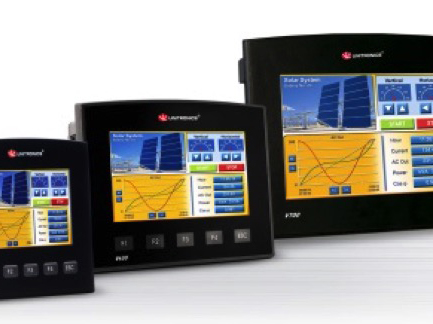Perhaps a better question would be where don’t PLCs operate? (or where PLCs aren’t used?) That may turn out to be a much shorter list.
Briefly, a PLC (or programmable logic controller) is a stand-alone controller that users program to perform a sequence of specific tasks. The structure of a basic PLC program involves a sequence of commands, executed cyclically several hundred or thousand times per second. The program typically includes scanning a series of inputs for real-world conditions and then executing some command to change an output status or variable.
Originally, the first PLCs were used to replace scores of control cabinets that used electromechanical relays, which were large and bulky and took up a lot of space. By taking the function that those relays served and implementing them in solid-state form together with microprocessors, all of the functionality of relays could be placed inside of a single PLC at considerable cost and space savings.
Some of the first uses for PLCs were in manufacturing settings to replace relay-filled control cabinets. These would include any kind of manufacturing facility where a control cabinet was controlling some manufacturing process.
They’re still used there, of course, but in many other places as well. For instance, PLCs can be found in practically every kind of application across most industries. So beyond manufacturing plants you’ll find PLCs used in agricultural machinery, in medical equipment as well as in control of roller coasters and other amusement park rides. PLCs are also prevalent in HVAC systems, automated test setups, as well as on many different types of machines where it is more and more common to see PLCs integrated with HMI units to form single control and HMI systems.

The Vision700 PLC+ touch HMI from Unitronics features a 7-in. touchscreen, a built-in Ethernet port and a range of I/O options.
Throughout the years, PLCs have gotten smaller as costs have dropped, making them attractive options for not only machine control but many other types of applications where previously there were either size or cost restrictions.
Related articles for PLCs
Filed Under: Motion Control Tips




